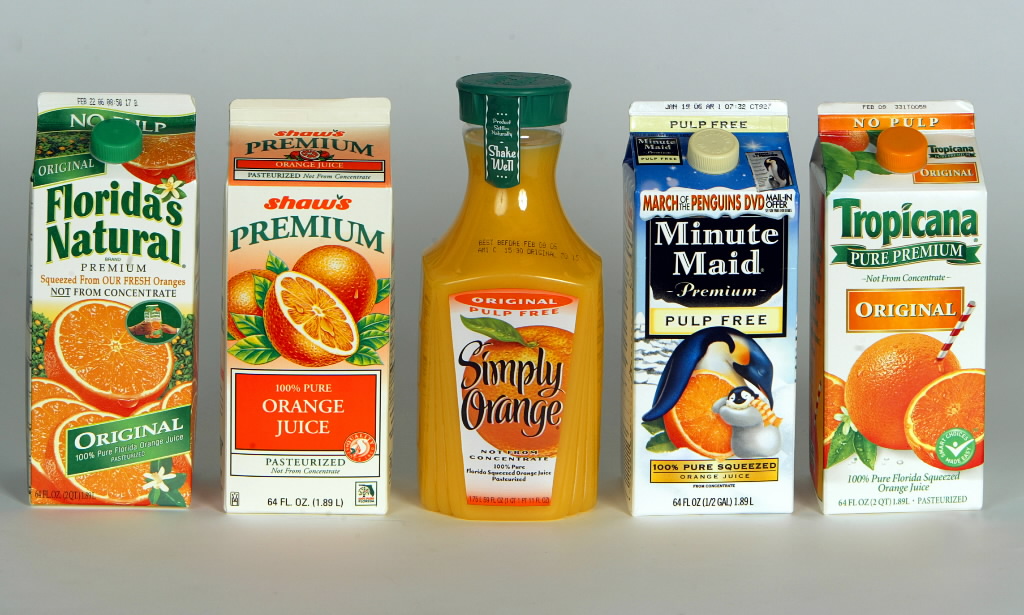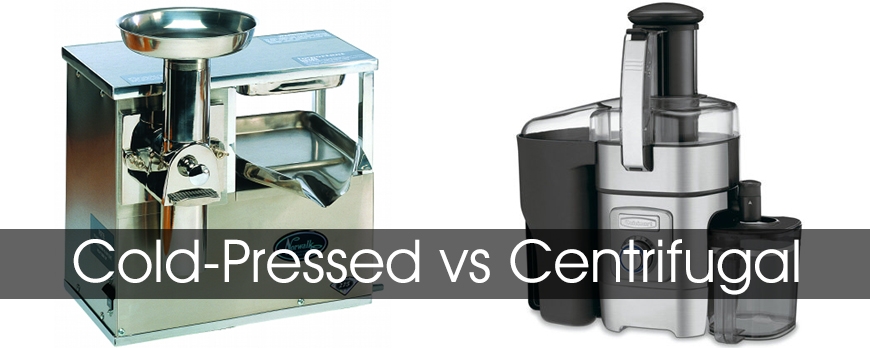Juicing: The Basics
by Keare Smith
In August 2013 I began working at One Lucky Duck, one of the most interesting and amazing establishments in New York City. One of the premier juice bars in the city, One Lucky Duck has quite the reputation amongst the city dwellers and tourists. Prior to working at One Lucky Duck, I was well aware of and knowledgeable about juicing, but this place has expanded my juicing knowledge to the point where I now consider myself a juicing expert. In this article I’d like to introduce the reader to the basics of juicing. This is virtually juicing 101.
[am4show not_have=”g5;”]
[/am4show][am4guest]
[/am4guest][am4show have=”g5;”]
Commercial Store Bought Juice vs. Fresh Pressed Juice
Fresh pressed juice is special, very special. With an average price tag of around $10-12 in most juicing establishments, it has to be. But what makes this juice more magical and expensive than your average grocery or corner store bought juice?
Well the major difference is the way the juices are made and processed. Specifically, the most important factor is pasteurization. Most juices you find in the grocery store are pasteurized to ensure “safety.”
So what exactly is pasteurization?
Pasteurization is the method most commonly used in commercially available juice products. In this juicing scenario, pasteurization is the process which heats the juice to an elevated temperature for a short period of time to ensure food safety. Pasteurization is controversial because studies have proven that enzymes and nutrients are significantly depleted once a food product is heated above a certain temperature. Essentially, pasteurization simply enables the juice to last longer, which gives it a better chance of actually selling. Most fresh pressed juices purchased in juice bars or made at home are not pasteurized. These unpasteurized fresh juices are viewed as being pure and in their natural and organic state. What you get from a fresh pressed juice is a concentrated form of all of the beneficial vitamins and nutrients without the need to actually consume all of the fruits and vegetables in the juice.
Centrifugal Juicer vs. Cold Pressed Juicers
There are two major varieties of juicers. The centrifugal juicer and the cold press juicer. At home, juicers are typically the less expensive centrifugal juicers, while juice bars typically use the higher end cold press juicers. However, some juicer bars utilize both styles of juicers to accommodate customer preferences.
So what’s the difference?
As mentioned above, there is a significant difference in price. But what separates the two is the method. Centrifugal juicers are more common. This method of juicing utilizes a high speed metal blade that spins against a mesh filter that separates the juice from the pulp through centrifugal force. Although this method is an improvement from commercial juices, it still has its cons. One of the major problems is the heat generated and oxidation caused from the fast spinning blade. It has been proven that some enzymes and nutrients are destroyed by this heat caused by the force of the spinning basket and blade combination. This breakdown in nutrients reduces the shelf life of the finished product and requires one to drink the juice within 15 minutes to reap the maximum benefits from the extracted juice. Due to the simplicity and lower price tag of the centrifugal method, this juicer is the number one choice for those individuals trying to save time and money.
Seventy-five years ago, Norman Walker invented the hydraulic cold press juicer. The most popular and widely used cold press juicer used in juice bars is the machine Walker invented known as the Norwalk Juicer. Part one of the Norwalk cold press juicing method involves a triturating (crushing) of the fruits or vegetables. This crushed pulp is then pressed using a three ton hydraulic press to extract the juice from the pulp. This process generates no heat, efficiently extracts all the juice from the fiber of the crushed plant matter, and causes no oxidation in the juice. Because it produces no heat, this juicer is considered superior, creating more nutritionally dense juice than any other juice on the planet. The method even allows the juice to last for 3-4 days without the need to pasteurize the juice.
The following is an excerpt from the book Fresh Vegetable & Fruit Juices by Norman Walker:
“The value of fresh juices is now widely recognized by the well informed, this includes professional doctors and regular individuals. The reason for the efficacy of such juices lies in the fact that, by separating the mineral elements and the natural water in the plants from the fibers, this liquid food is digested and assimilated in a matter of minutes. The digestive processes required to separate the mineral elements from the fibers involve labor and time to be expended by the digestive organs. These processes of digesting whole vegetables and fruits use up much energy, and the means with which to nourish such energy is derived from the food. A portion of the solid food eaten is thus diverted from its nutritional goal to be used as fuel to generate this energy.”
As I stated earlier, the purpose of this article is to introduce the reader to the basics of juicing. Over the next few Hurdle Magazine issues, I’ll be delving deeper into the topic of juicing and how it can benefit track and field athletes. I also will be sharing my juice cleansing experience with the readers.
[/am4show]



